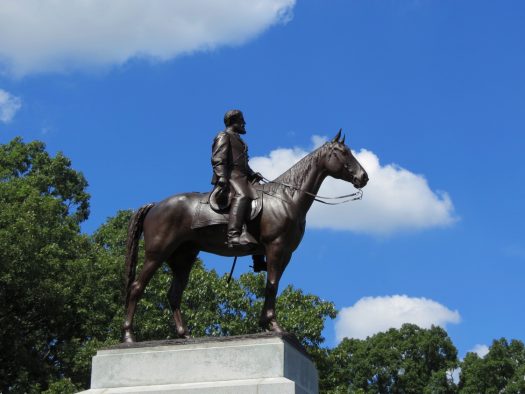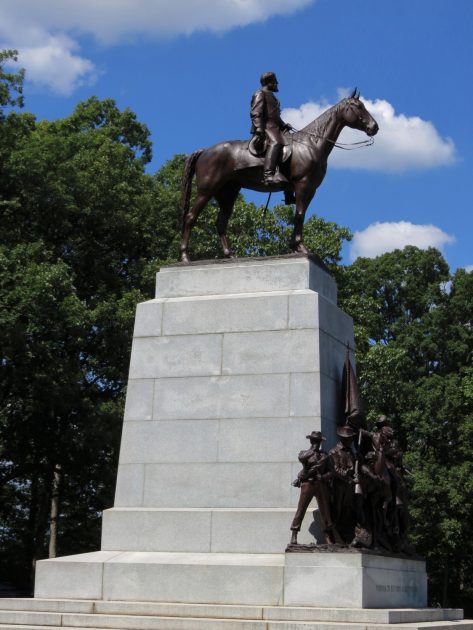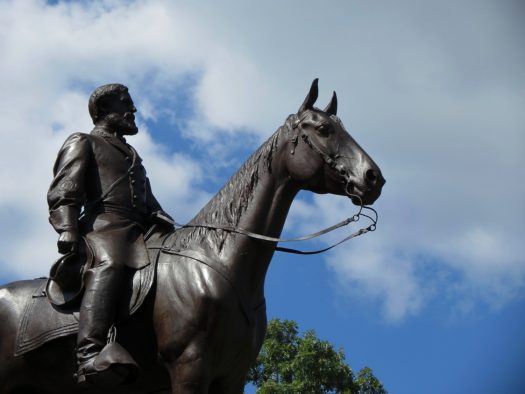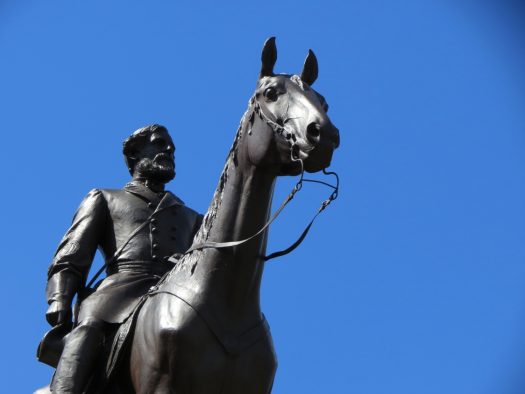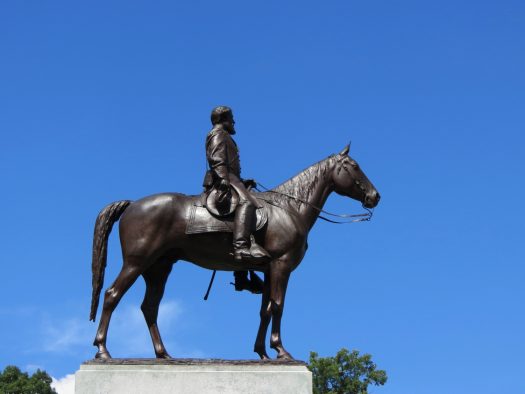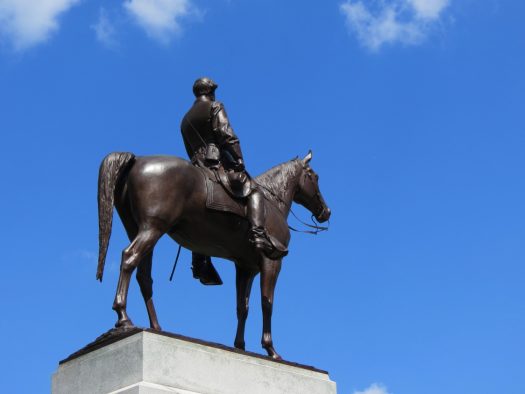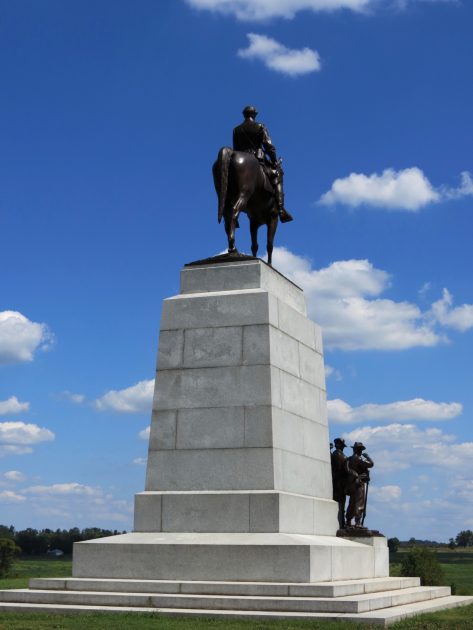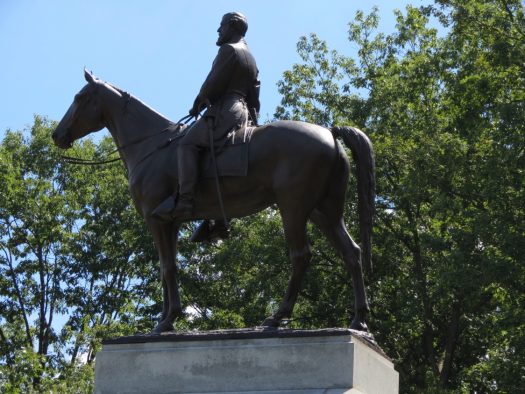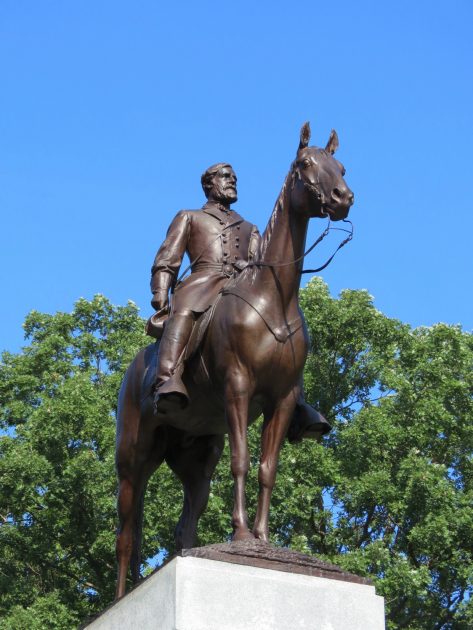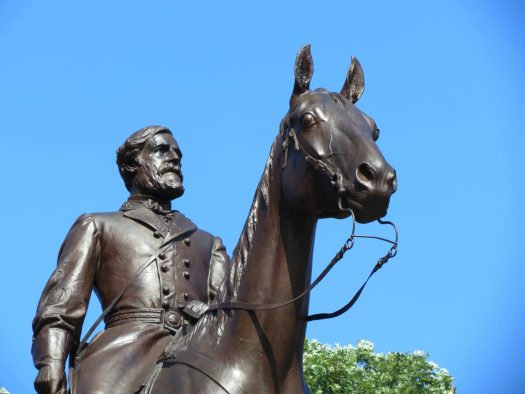- CountryUS
- Town:PA Gettysburg
-
Year of creation:1917
- Rider(s):Lee, Robert Edward
(1807–1870), a top graduate of the United States Military Academy who distinguished himself as an exceptional officer in the US army for 32 years. When Virginia declared its secession from the Union, Lee chose to follow his home state, despite his personal desire for the Union to stay intact and despite the fact that President Abraham Lincoln had offered Lee command of the Union Army. He soon emerged as a shrewd tactician and battlefield commander, winning numerous battles against larger Union forces.
Many military historians have praised Lee’s abilities as a tactician, but his strategic vision was more doubtful. Both of his invasions of the North ended in defeat and he surrendered to Grant in 1865. As Lee was the commanding officer of all the Confederate forces, the remaining armies soon also capitulated. Lee rejected the idea of starting of a guerrilla campaign against the North, and called for reconciliation between the North and the South. He became the great Southern hero of the Civil War, a post-war icon of the ‘Lost Cause of the Confederacy’ to some. His popularity grew, even in the North, and especially after his death in 1870.
- Sculptor(s):Sievers, Frederick William
(1872–1966) was an American sculptor. He moved to Richmond, Virginia, as a young man, furthering his art studies by attending the Royal Academy of Fine Arts in Rome and the Académie Julian in Paris. In 1910 when Sievers was commissioned to create the Virginia Monument at Gettysburg, Pennsylvania, he opened a studio in Richmond.

